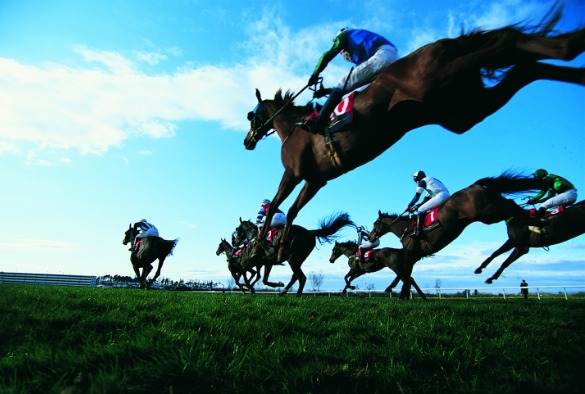Scientists from the University of Liverpool have taken a step closer to understanding how tendon injuries in animals and humans could be prevented.
For the first time the team from the Institutes of Ageing and Chronic Disease in collaboration with researchers at Queen Mary University of London, were able to show how the types of proteins differ in parts of the tendon, and importantly how this changes as the tendon ages.
All tendons are made of subunits containing rope-like collagen surrounded by a material called the interfascicular matrix (IFM), which binds them together. The IFM is a soft, extendible material that allows the subunits to slide past one another, enabling the whole tendon to stretch.
Published in the journal Scientific Reports, the researchers identified which proteins are present and how rapidly many of the proteins in the IFM are refreshed in young tendons.
Common injury
As tendons become older, the IFM becomes stiffer making it harder for the subunits to slide past each other. It is thought this stiffening leads to increased risk of tendon injuries that as people age. The results of this study indicate that the rate of protein renewal drops with ageing in the IFM specifically.
Professor Peter Clegg who led the research, said: “Our research demonstrates that increase in tendon injuries as horse’s age may be directly related to the slowdown in the renewal of specific proteins within their tendon tissues.
“Tendon injury is common in horses as well as humans, with an economic impact of more than £3 billion a year in horse racing. Around 16,000 horses are in training each year and the tendon injury rate is as high as 43% with few horses returning to racing after injury.”
Better understanding
Co-author Dr Thorpe, adds: “When a horse runs its muscles generate a massive amount of energy that is stored and released by the tendons in their legs. These can be likened to massive elastic bands that absorb energy as they are stretched, and release it again when they recoil.
“The key to the effectiveness of tendons is the ability of the fibres that they are made up of to slide across each other. When this ability to slide is reduced, the energy damages the tendon instead of being stored and released by it.
“In this new study, we have identified specific proteins that help the tendon fibres to slide, and this research shows that these proteins are replaced less quickly as aging occurs.”
The mass spectrometry experiments in relation to the study where performed in the University of Liverpool’s Centre for Proteome Research.
The research, funded by Biotechnology and Biological Sciences Research Council, and entitled ‘Anatomical heterogeneity of tendon: Fascicular and interfascicular tendon compartments have distinct proteomic composition.’
